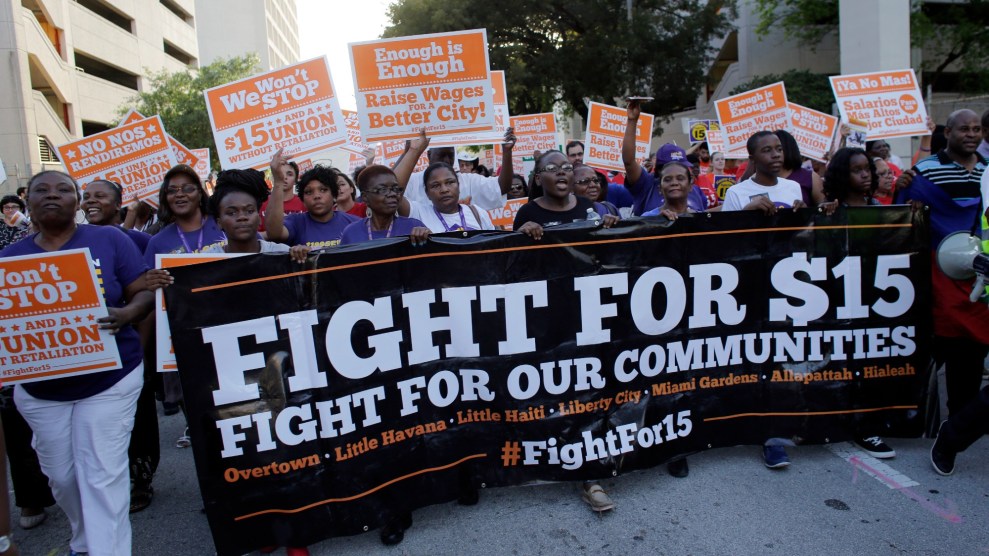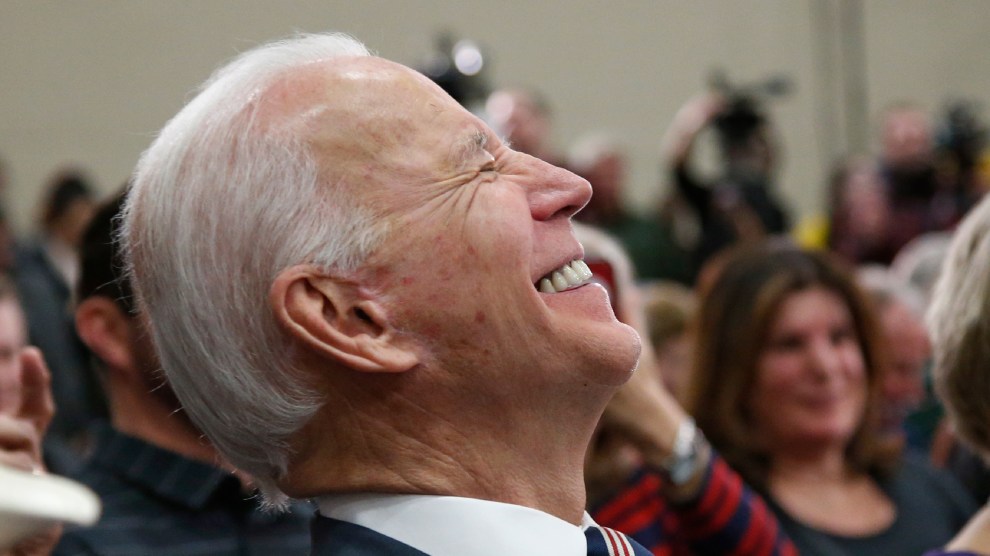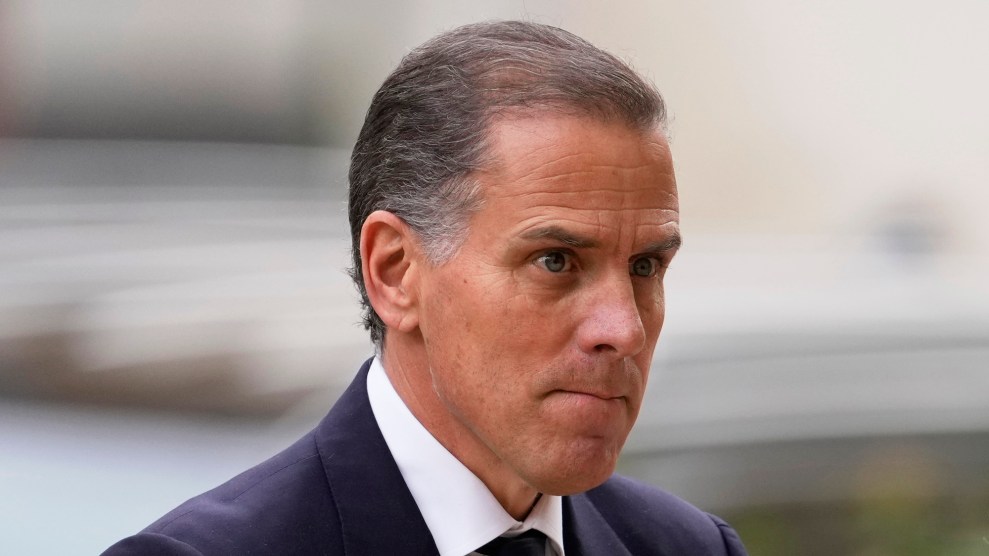
Lynne Sladky/AP
Back in 2012, a group of 200 fast-food workers in New York City walked off the job to demand a $15 minimum wage and a union. Their protest seeded what has become known as the “Fight for 15” movement, which has spent the last decade working to raise the minimum wage across the country.
Now in its 10th anniversary year, this movement will see record success in 2022 as 25 states and 56 local jurisdictions increase wage floors for workers, according to a report from the National Employment Law Project released at the end of last month.
Twenty-one of those states raised wages on New Years Day, along with 35 cities and counties. The remaining increases will take effect later in the year, and the majority of these wage hikes will reach or exceed $15 per hour for some or all employers.
“Since the first Fight for $15 protest in 2012, the movement has grown tremendously, accelerated by the pandemic’s exposure of stark inequities and hazardous work conditions,” Rebecca Dixon, the executive director of NELP, said in a December statement. “Underpaid workers, especially Black and brown workers, have been mobilizing to demand higher wages, safer workplace conditions, and dignified jobs—and they’re succeeding.”
For many years, some politicians and the business lobby framed the push for a $15 minimum wage as a long-shot and an economy-hurting proposition. By requiring higher wages, the argument went, policy makers would force businesses with slim profit margins to lay off workers, essentially eliminating wages for some in order to raise them for others.
But as the pandemic made a number of frontline low-wage jobs particularly unappealing—from retail to grocery stores to restaurants—many employers in those industries have begun to offer higher wages, suggesting that “despite previous claims about the unaffordability of higher wages, many employers have always been able to pay more but chose not to do so,” note the NELP report’s authors.
Now this change has become permanent in broad swathes of the country. In his 2020 campaign for the presidency, Joe Biden also promised to raise the federal minimum wage to $15—a move that would push pay up in the 20 states that refuse to raise wages above this federal floor, which currently stands at $7.25 per hour. Democrats included the $15 change in early versions of Biden’s stimulus bill last year, but it was removed from that legislation in order to garner enough Senate votes for passage, and the effort is now stalled at the federal level. The administration did, however, increase minimum hourly pay for federal contractors nationwide to $15 with an executive order this past April, and the change went into effect in November.
















